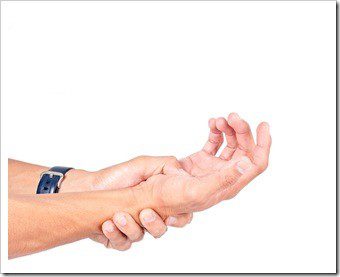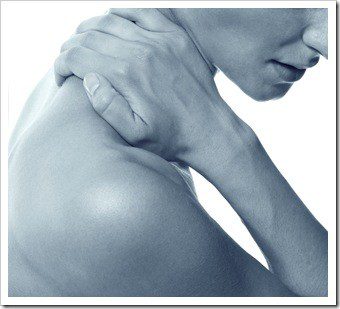Archive for the ‘Health Articles’ Category
Welcome to Chiropractic Life and Wellness Center's Health Articles Archive. Here you can learn more about Chiropractic Life and Wellness Center, Chiropractic, and Dr. Brandon Chorney, today's choice for Chiropractors in New Fairfield, CT. Read Dr. Brandon Chorney's Chiropractic Health Articles for the health of it.
We look forward to serving you! Call - 203-746-6543.
by Dr. Brandon Chorney | Jan 23, 2025 | Health Articles

In today’s fast-paced world, stress has become a common part of everyday life. While occasional stress can sharpen focus and enhance performance, chronic stress can take a serious toll on both physical and mental health—leading to issues such as anxiety, depression, and even cardiovascular problems. At in , , we believe that managing stress is...
Read More >>
by Dr. Brandon Chorney | Jan 21, 2025 | Health Articles

Carpal Tunnel Syndrome (CTS) is one of the most widespread work-related injuries in today’s digital world—especially for those who spend long hours at a desk or on repetitive tasks. In New Fairfield CT, it’s a growing concern for office workers, tradespeople, and anyone using their hands day in and day out. What Is Carpal Tunnel...
Read More >>
by Dr. Brandon Chorney | Jan 16, 2025 | Health Articles

We often don’t think about lumbar support until back pain strikes. But choosing the right support—especially if you sit for long hours—can make a big difference in preventing discomfort. At in , , we help patients find the “just right” approach to back support, comfort, and posture. What Is the Lumbar Spine? The lumbar spine...
Read More >>
by Dr. Brandon Chorney | Jan 14, 2025 | Health Articles

Neck pain is one of the most common complaints among adults today—and in New Fairfield CT, it’s affecting quality of life more than ever. Between tech-forward lifestyles, office jobs, and chronic stress, your neck could be bearing the brunt without you even realizing it. Chiropractic: The Top-Rated Option A landmark study published in the British...
Read More >>
by Dr. Brandon Chorney | Jan 9, 2025 | Health Articles

Whether you’re a weekend road warrior or a competitive cyclist, the freedom of riding is unbeatable. But for many riders, back and neck pain can put the brakes on performance and enjoyment. At in , , we understand the unique strain cycling places on the body—and we’re here to help you ride stronger and recover...
Read More >>
by Dr. Brandon Chorney | Jan 7, 2025 | Health Articles

In today’s fast-paced world of convenience and speed, our health often takes the back seat—especially when it comes to bone health. Beneath our skin lies the skeletal framework that supports every move we make. In New Fairfield CT, maintaining a strong and resilient structure is vital for long-term mobility and vitality. Understanding Osteoporosis Osteoporosis is...
Read More >>






